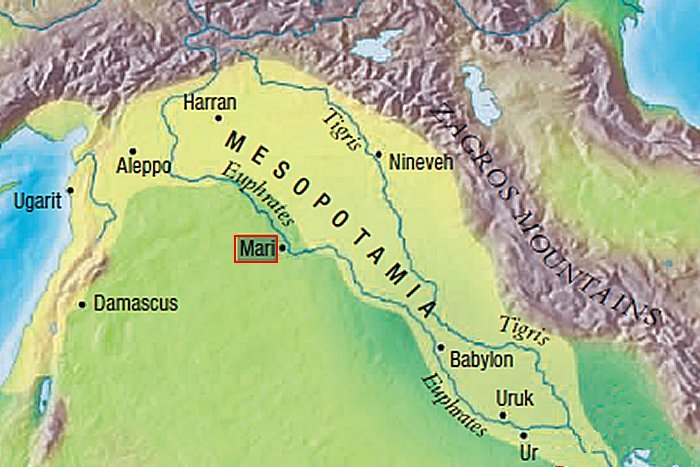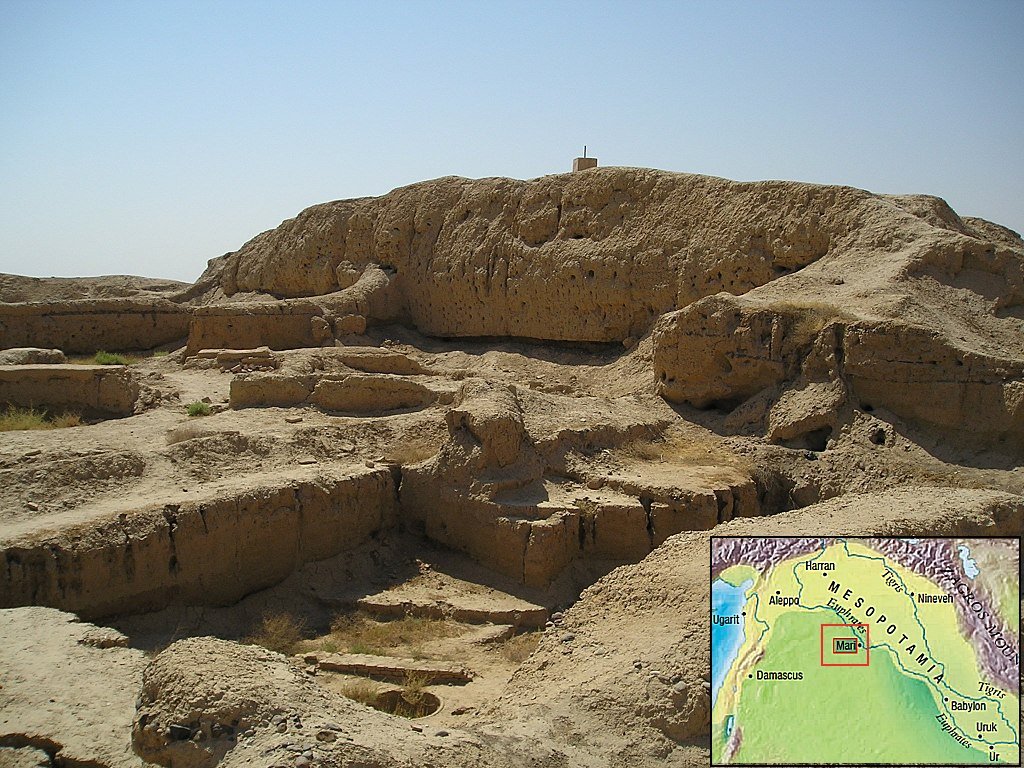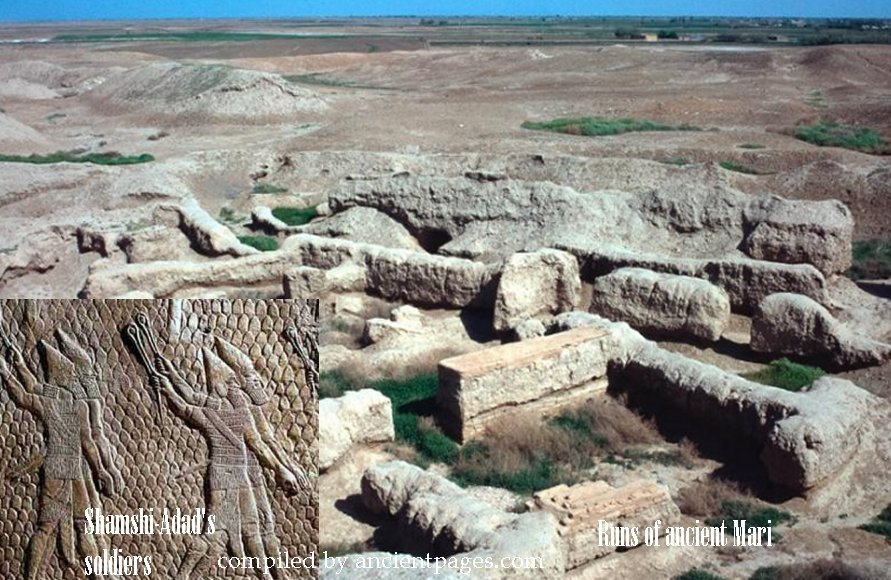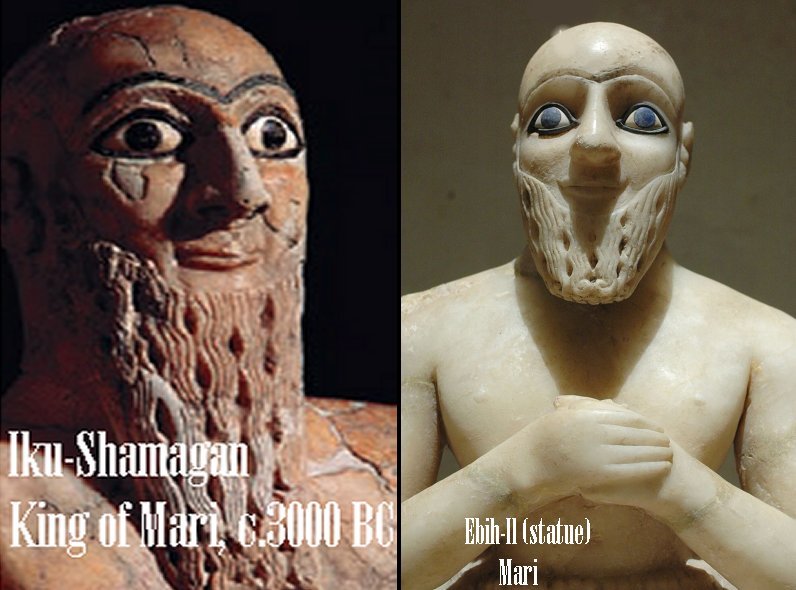Lost Kingdom Of Mari – Once Important Commercial And Political Center Of Mesopotamia
A. Sutherland - AncientPages.com - The history of Mari is rather obscure, but it is known that it was an ancient kingdom and an important political and commercial center on the western bank of the Euphrates in modern Syria close to the Iraqi frontier.
Mari became prosperous due to its beneficial geographical location on the northern trading route between Syria and Mesopotamia, in close vicinity of Mediterranean Sea, Assyrian area to the north-east and Babylonia to the south-east.
Main sources of our knowledge about Mari, dated to about 3,000 BC, come from Sumerian references and the Ebla tablets, which mention that the relations between ancient city of Ebla and Mari were rather close but not always – peaceful.
Mari was occupied by the Akkadians, Sumerians and at the turn of the 19th / 18th century BC by the Amorites, a powerful Semitic-speaking people from Syria who also occupied large parts of southern Mesopotamia from the 21st century BC to the end of the 17th century BC.
About 1740 BC, the prosperous Mari was captured by an Amorite, Shamshi-Adad I (c.1809 BC – c. 1776 BC) who was a successful conqueror of many other lands. The kingdom was independent between c. 1800 and 1750 BC and about 1700 BC it was destroyed by King Hammurabi, who concealed for future generations, a vast cuneiform archive, which was not discovered until 1933.
Some sources, however, say that Hammurabi took the city without fight.
A dynasty of Mari is mentioned in the Sumerian King List as the 10th dynasty after the Flood, and it was approximately contemporary with the time of the First Dynasty of Ur.
Ruins of ziggurat n ancient city of Mari.
The ruins of Mari were discovered accidentally in 1933, when Bedouin tribesmen were searching through a mound called Tell Hariri, Syria for a gravestone that would be used for a recently deceased tribesman. The first artifact, they noticed was a headless statue from the times of Mari.
Three Important Deities Of The City
It is believed that the city was named after Mer (Mera), an ancient storm deity of northern Mesopotamia and Syria, who was also the patron of the city. It was his home and he was one of the three important patron deities of Mari.
Another deity was Addu/Adad, the Storm god depicted as the brave and fearsome warrior-god responsible for continuous victories and all successes of the kings of Mari. While in Mari, his worshippers emphasized his and destructive character, in Sumerian beliefs, he was Iškur (Ishkur) with much more peaceful character.
It is said that Iškur/Adad's father was the sky-god Anu, but in Sumerian literature, Iškur is rather the son of Enlil. Iškur/Adad was also associated with divination and justice.
The third deity, Dagan (commonly worshipped in the late 3000 BC/2000 BC) was the city’s most important god worshipped across the entire Middle Euphrates region.
Even if there are no significant mythical references to the three most important gods of Mari (Ilu-Mer, Adad, and Dagan), it has been suggested that their role was of great importance not only in Mari but also across the entire Mesopotamia.
Thousands Of Cuneiform Tablets And Palace of Zimri-Lim, The Last Ruler
The ancient Mari has been excavated in several archaeological campaigns, which revealed more than 25,000 clay tablets in Akkadian language written in cuneiform and artifacts, now stored in the Louvre, Paris and Museums of Damascus and Aleppo, Syria. The tablets provide a detailed account of the Assyrian Empire in the late 18th century BC.
However, the most impressive of all findings in the area of Mari, are the remains of a palace that belonged to the last ruler of Mari, Zimri-Lim, who ruled c. 1775-1761 BC and it was the time of the great prosperity of Mari.
Excavations revealed the remains of a 275 room palace covering 2.5 hectares, with a rich library (or state archive) containing between 17,000 -20,000 (or 25,000) tablets inscribed in Akkadian and cuneiform.
Zimri-Lim’s palace is considered the most remarkable and best-preserved of the Early Bronze Age palaces discovered in the region, despite the fact, that the palace was intentionally destroyed. It was built erected mainly of dried brick and clay.
The rooms were used for commercial and religious activities, public ceremonies, and the private life of Zimri-Lim, who ruled Mari for about thirteen years, kept extensive diplomatic contacts with Hammurabi and even lent his troops to Hammurabi's military campaigns.
During the Zimri-Lim era, the inhabitants of Mari represented mainly Amorite people but also included the Akkadians. The Amorite language dominated the kingdom and Akkadian was the language of writing.
Written by – A. Sutherland AncientPages.com Staff Writer
Copyright © AncientPages.com All rights reserved. This material may not be published, broadcast, rewritten or redistributed in whole or part without the express written permission of AncientPages.com
Expand for referencesReferences:
The Cambridge Ancient History
E. S. Edwards, C. J. Gadd, N. G. L. Hammond
Ravinell A. Green W. The Storm-god in the Ancient Near East
More From Ancient Pages
-
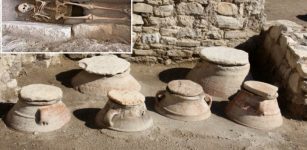 Kadıkalesi Castle Ancient Ruins: Female Skeleton Unearthed At An Archaeological Dig
Archaeology | Jan 9, 2023
Kadıkalesi Castle Ancient Ruins: Female Skeleton Unearthed At An Archaeological Dig
Archaeology | Jan 9, 2023 -
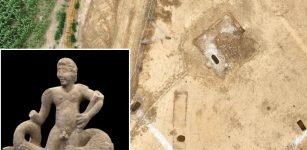 Spectacular Statue Of Sea God Triton Found In Roman Mausoleum In Kent
Archaeology | Sep 13, 2023
Spectacular Statue Of Sea God Triton Found In Roman Mausoleum In Kent
Archaeology | Sep 13, 2023 -
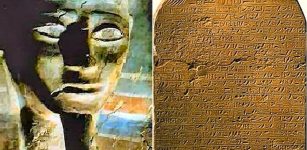 Hyksos: Foreign Rulers Of Avaris Who Founded The Fifteenth Dynasty Of Egypt
Civilizations | May 11, 2017
Hyksos: Foreign Rulers Of Avaris Who Founded The Fifteenth Dynasty Of Egypt
Civilizations | May 11, 2017 -
 Cheng I Sao: Dangerous Female Pirate Whose Strict Code Of Laws Kept Pirates Subordinated And Successful
Featured Stories | Mar 11, 2019
Cheng I Sao: Dangerous Female Pirate Whose Strict Code Of Laws Kept Pirates Subordinated And Successful
Featured Stories | Mar 11, 2019 -
 10 Incredible And Bizarre Ancient Cases Of Mass Hysteria
Featured Stories | Jul 14, 2015
10 Incredible And Bizarre Ancient Cases Of Mass Hysteria
Featured Stories | Jul 14, 2015 -
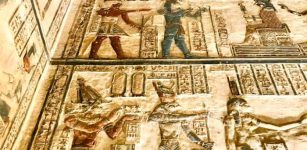 New Images From The Magnificent Dendera Temple Where Restoration Works Continue
News | Mar 15, 2022
New Images From The Magnificent Dendera Temple Where Restoration Works Continue
News | Mar 15, 2022 -
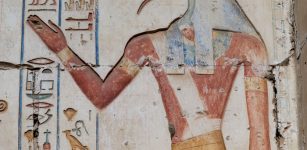 Thoth: Ancient Egypt’s Most Mysterious, Highly Venerated God Of Knowledge And Writing
Myths & Legends | May 24, 2017
Thoth: Ancient Egypt’s Most Mysterious, Highly Venerated God Of Knowledge And Writing
Myths & Legends | May 24, 2017 -
 Alexander The Great’s Biblical Connection
Featured Stories | May 29, 2019
Alexander The Great’s Biblical Connection
Featured Stories | May 29, 2019 -
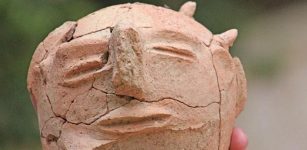 A Head Of A Statue Dated To 700 BC, Animal Figurines And Jordan Valley’s Occupation History
Archaeology | Sep 1, 2018
A Head Of A Statue Dated To 700 BC, Animal Figurines And Jordan Valley’s Occupation History
Archaeology | Sep 1, 2018 -
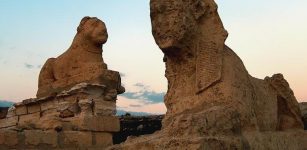 Thriving Faiyum Oasis Declined And Was Abandoned Due To Climate Change
Archaeology | Jan 26, 2021
Thriving Faiyum Oasis Declined And Was Abandoned Due To Climate Change
Archaeology | Jan 26, 2021 -
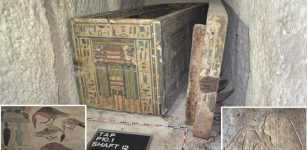 Magnificent Burial Chamber Of Idy, Ancient Egyptian Priestess Of Goddess Hathor Discovered In Asyut
Archaeology | Nov 15, 2024
Magnificent Burial Chamber Of Idy, Ancient Egyptian Priestess Of Goddess Hathor Discovered In Asyut
Archaeology | Nov 15, 2024 -
 Underwater City: Unveiling The Secrets At The Bottom Of Fuxian Lake
Featured Stories | Jun 13, 2015
Underwater City: Unveiling The Secrets At The Bottom Of Fuxian Lake
Featured Stories | Jun 13, 2015 -
 Troublemaker Eris: Greek Deity That Ignited Hatred Among All
Featured Stories | Apr 11, 2024
Troublemaker Eris: Greek Deity That Ignited Hatred Among All
Featured Stories | Apr 11, 2024 -
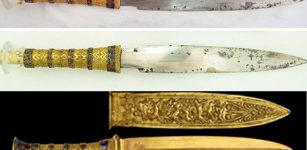 King Tut’s Cosmic Dagger Was Not Made In Egypt – New Study Reveals
Archaeology | Feb 24, 2022
King Tut’s Cosmic Dagger Was Not Made In Egypt – New Study Reveals
Archaeology | Feb 24, 2022 -
 On This Day In History: The Battle of Mortimer’s Cross – On Feb 2, 1461
News | Feb 2, 2017
On This Day In History: The Battle of Mortimer’s Cross – On Feb 2, 1461
News | Feb 2, 2017 -
 European Mythical Creatures Encountered In The Witcher Series
Featured Stories | Feb 4, 2020
European Mythical Creatures Encountered In The Witcher Series
Featured Stories | Feb 4, 2020 -
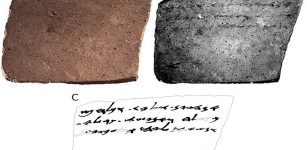 Unseen 3,000-Year-Old Inscription On Biblical-Era Piece Of Pottery Deciphered By Researchers
Archaeology | Jun 21, 2017
Unseen 3,000-Year-Old Inscription On Biblical-Era Piece Of Pottery Deciphered By Researchers
Archaeology | Jun 21, 2017 -
 On This Day In History: Jukebox Installed For The First Time In San Francisco – On Nov 23, 1889
News | Nov 23, 2016
On This Day In History: Jukebox Installed For The First Time In San Francisco – On Nov 23, 1889
News | Nov 23, 2016 -
 Researchers Sequenced 137 Human Genomes From The Middle East
Archaeology | Aug 6, 2021
Researchers Sequenced 137 Human Genomes From The Middle East
Archaeology | Aug 6, 2021 -
 Murder Of Archbishop Thomas Becket: One Of Most Famous Crimes Of Middle Ages
Featured Stories | Jan 6, 2017
Murder Of Archbishop Thomas Becket: One Of Most Famous Crimes Of Middle Ages
Featured Stories | Jan 6, 2017

